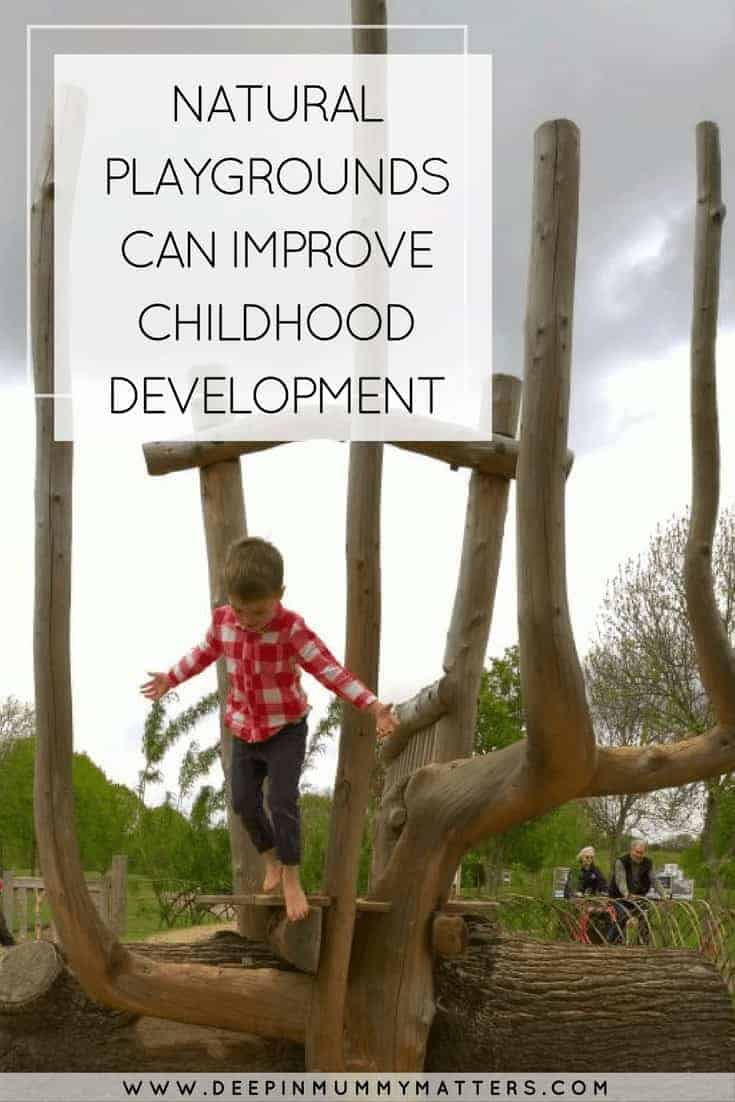Whether you know it or not, outdoor playground equipment can play a key role in childhood development. Climbing structures help with confronting dangers, while the interaction involved with a play environment helps to develop social skills. Clearly, playing outside helps children grow and develop.
 Within a wide variety of landscapes, outdoor playground equipment is a growing trend within the playground market. Put simply, they blend seamlessly into different environments – from National Trust parks to schoolyards. However, the natural elements of play also benefit children’s development. Here’s how:
Within a wide variety of landscapes, outdoor playground equipment is a growing trend within the playground market. Put simply, they blend seamlessly into different environments – from National Trust parks to schoolyards. However, the natural elements of play also benefit children’s development. Here’s how:
Versatile play
Playground equipment that does not match the natural landscape can often hinder child-development. There is a finite number of ways for children to play creatively. When children become bored, accidents are more likely to occur and as such, providing versatility in play is key (Frost 1985, cited in Striniste & Moore, 1989).
Sparking their imagination
Situated on natural structures that help to challenge them, research has suggested that children prefer to play in natural landscapes. This helps engender imagination and encourages children to interact with the playground. Again, boredom can cause accidents in playgrounds – so visual appeal is also vital. Installing natural play elements was also found to improve children’s spatial cognitive awareness, socialisation and fantasy play skills. (Herrington & Studmann, 1998).
 Developing skills for life
Developing skills for life
Children can interact with new materials and new environments on a regular basis when they are playing within a natural structure. These can be used by children to learn construction skills. Natural play encourages creativity through the interaction of these elements. These construction projects, such as digging channels in the sand or creating dams in water channels with pebbles, provide satisfaction to children.
When children are exposed to environments where they have to interact with their hands, children are said to work more cooperatively, studies have shown. Research has shown that this helps with problem solving and creative thinking. A further study by Hestenes, Shin & DeBord (2007) found that in playgrounds that used natural elements, children were far more likely to use constructive play over functional play.
Helping to maximise fitness levels
When surfaces are uneven, and children have to navigate their way around an undefined structure, a child’s fitness levels can be improved. Whether that’s climbing a wall, jumping over barriers, climbing over log structures or building their construction skills, a child’s physical fitness will improve.
With the various types of playground equipment that are on the market today, outdoor equipment is superior when compared to indoor equipment. This is because these larger projects generally encourage more sociodramatic play themes, as children tackle bigger obstacles in groups. (Davies, 1996).
Sources:
https://wehavekids.com/misc/Natural-Playgrounds-For-Kids-Advantages-and-Problems
http://www.inhabitots.com/does-your-child-have-nature-deficit-disorder/

